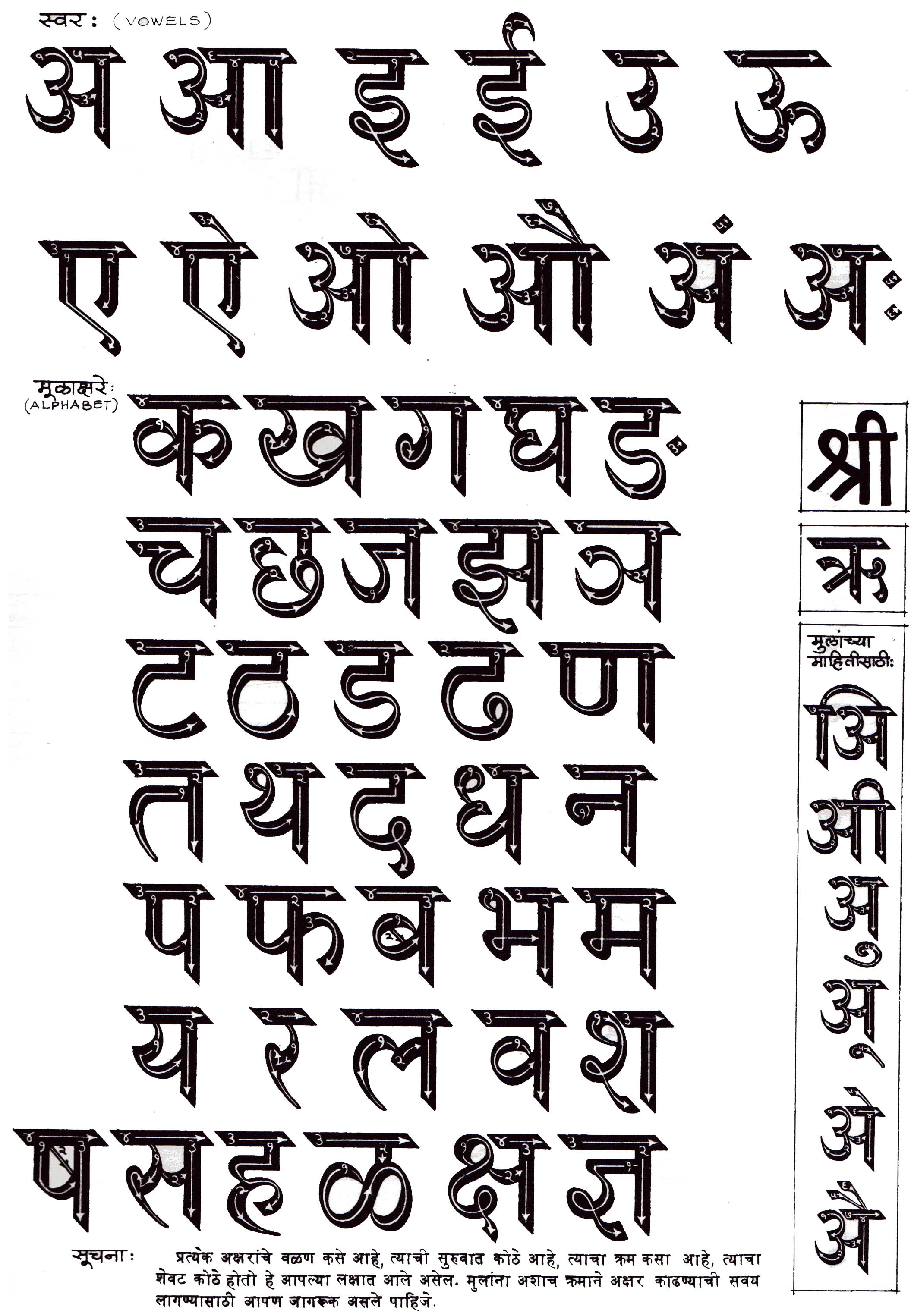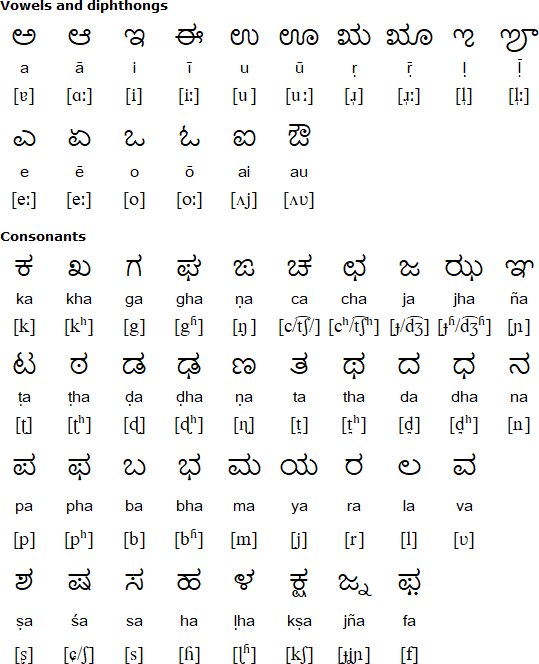
It is a phrasing with lipi ("script") as nāgarī lipi "script relating to a city", or "spoken in city". Nāgarī is the Sanskrit feminine of Nāgara "relating or belonging to a town or city, urban". Hence, Devanagari denotes from the abode of divinity or deities. Nagari comes from नगरम् ( nagaram), which means abode or city. Deva means "heavenly or divine" and is also one of the terms for a deity in Hinduism.
 8.3 Census and catalogues of manuscripts in Devanagariĭevanagari is a compound of " deva" देव and " nāgarī" नागरी. The Devanagari script is closely related to the Nandinagari script commonly found in numerous ancient manuscripts of South India, and it is distantly related to a number of southeast Asian scripts. Īmong the languages using it – as either their only script or one of their scripts – are Marathi, Pāḷi, Sanskrit (the ancient Nagari script for Sanskrit had two additional consonantal characters), Hindi, Boro, Nepali, Sherpa, Prakrit, Apabhramsha, Awadhi, Bhojpuri, Braj Bhasha, Chhattisgarhi, Haryanvi, Magahi, Nagpuri, Rajasthani, Bhili, Dogri, Maithili, Kashmiri, Konkani, Sindhi, Nepal Bhasa, Mundari and Santali. In a cursory look, the Devanagari script appears different from other Indic scripts such as Bengali-Assamese, Odia or Gurmukhi, but a closer examination reveals they are very similar except for angles and structural emphasis. It is written from left to right, has a strong preference for symmetrical rounded shapes within squared outlines, and is recognisable by a horizontal line, known as a shirorekhā, that runs along the top of full letters.
8.3 Census and catalogues of manuscripts in Devanagariĭevanagari is a compound of " deva" देव and " nāgarī" नागरी. The Devanagari script is closely related to the Nandinagari script commonly found in numerous ancient manuscripts of South India, and it is distantly related to a number of southeast Asian scripts. Īmong the languages using it – as either their only script or one of their scripts – are Marathi, Pāḷi, Sanskrit (the ancient Nagari script for Sanskrit had two additional consonantal characters), Hindi, Boro, Nepali, Sherpa, Prakrit, Apabhramsha, Awadhi, Bhojpuri, Braj Bhasha, Chhattisgarhi, Haryanvi, Magahi, Nagpuri, Rajasthani, Bhili, Dogri, Maithili, Kashmiri, Konkani, Sindhi, Nepal Bhasa, Mundari and Santali. In a cursory look, the Devanagari script appears different from other Indic scripts such as Bengali-Assamese, Odia or Gurmukhi, but a closer examination reveals they are very similar except for angles and structural emphasis. It is written from left to right, has a strong preference for symmetrical rounded shapes within squared outlines, and is recognisable by a horizontal line, known as a shirorekhā, that runs along the top of full letters. 

Unlike the Latin alphabet, the script has no concept of letter case.

The orthography of this script reflects the pronunciation of the language. The Devanagari script, composed of 47 primary characters including 14 vowels and 33 consonants, is the fourth most widely adopted writing system in the world, being used for over 120 languages. It was developed in ancient India from the 1st to the 4th century CE and was in regular use by the 7th century CE. Devanagari ( / ˌ d eɪ v ə ˈ n ɑː ɡ ər i/ DAY-və- NAH-gər-ee देवनागरी, IAST: Devanāgarī, Sanskrit pronunciation: ), also called Nagari ( Sanskrit: नागरी, Nāgarī ?), is a left-to-right abugida, based on the ancient Brāhmī script, used in the Indian subcontinent.








 0 kommentar(er)
0 kommentar(er)
